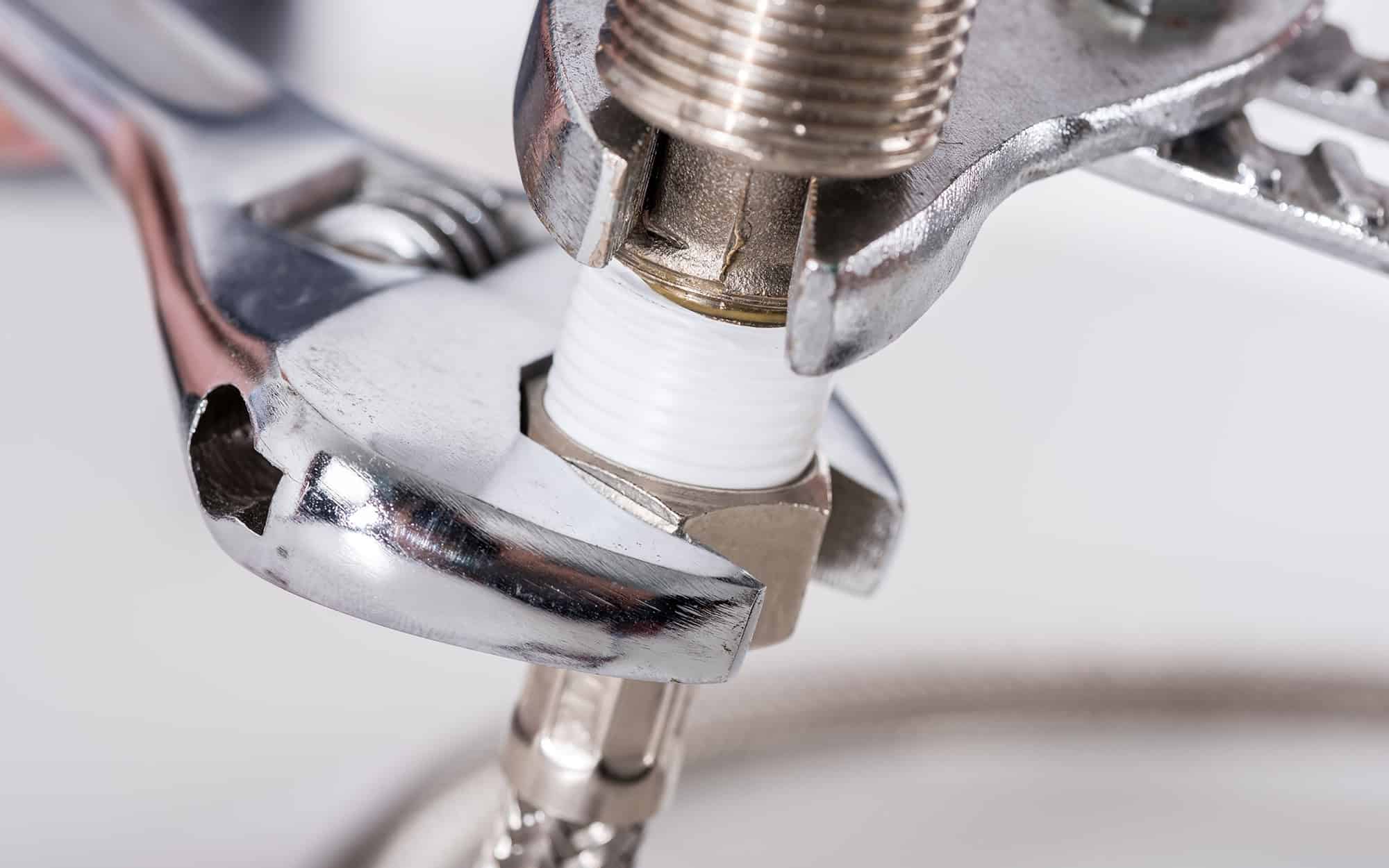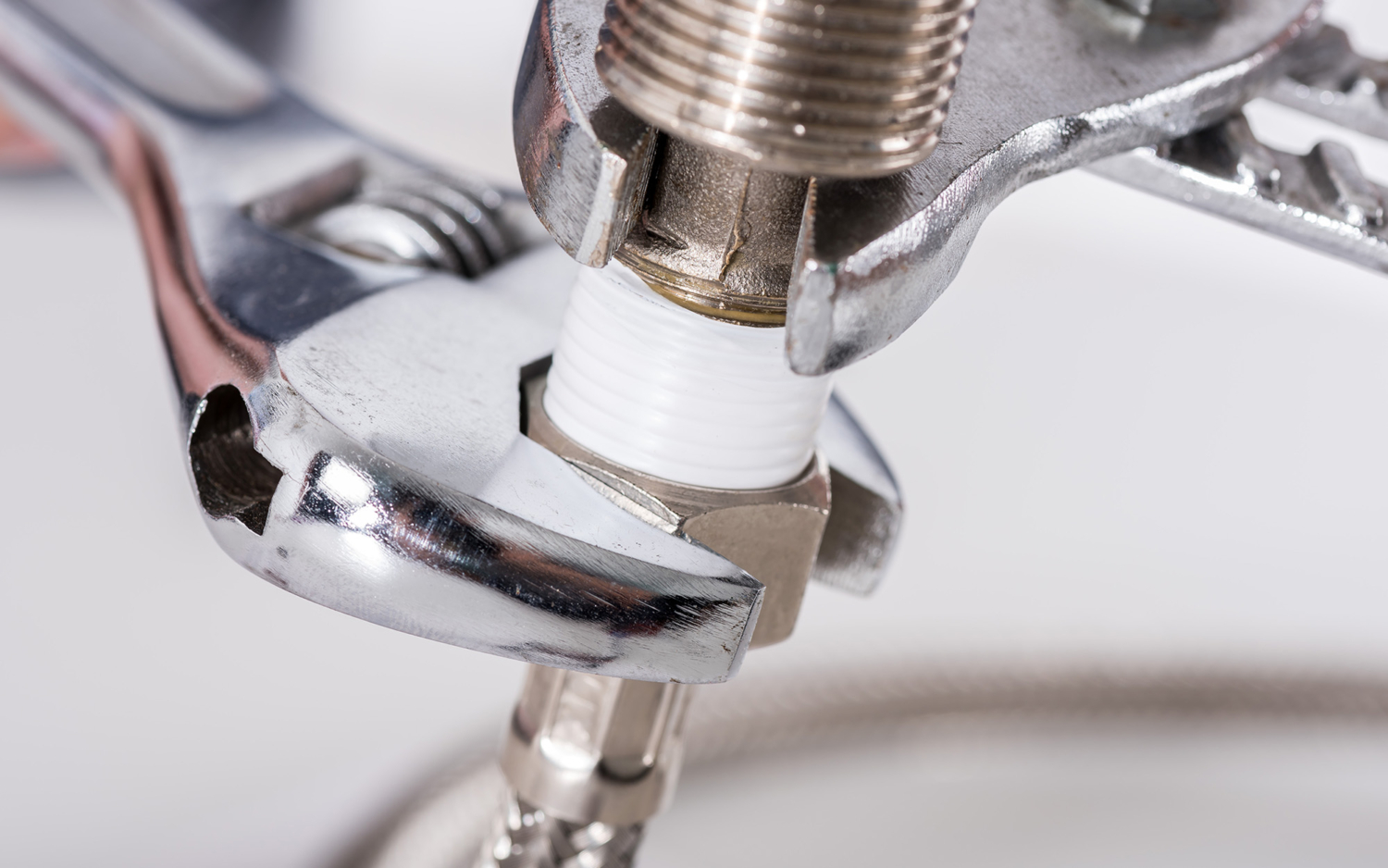Effective plumbing design is the key to success for your commercial property. From avoiding costly repairs to ensuring smooth operations, getting the design right can make all the difference. Learn how to steer clear of common plumbing issues and keep your building running efficiently. Our breakdown of plumbing problems and solutions can help you keep your building in top shape.

Why You Should Care About Plumbing Design in Commercial Properties
Think plumbing design in a commercial property isn’t that big of a deal? Think again. Efficient plumbing design is essential for the longevity of your building’s infrastructure, the comfort of your occupants, and keeping operational costs down. Neglecting proper design can lead to persistent problems like leaks, clogs, and inefficient water usage—issues that can become expensive to fix and disrupt your business.
No one wants to deal with restrooms that don’t work properly or inconsistent water pressure that affects daily operations. Faulty plumbing design is a serious obstacle to a modern, eco-friendly, and cost-effective business environment. By prioritizing high-quality plumbing design, you invest in your property’s functionality, sustainability, and long-term profitability. It’s more than just pipes and water flow—it’s about ensuring a smooth operation and a positive experience for everyone in your building.
Correct Pipe Sizing for Your Building’s Plumbing Health
Pipe sizing is directly tied to how consistently water is delivered throughout your commercial property. Incorrectly sized pipes can lead to turbulent water flow and inconsistent water pressure, disrupting daily operations and even impacting your business’s efficiency and costs.
Here’s what can go wrong with this common plumbing issue:
- Undersized Pipes: These can reduce water flow and pressure, causing plumbing fixtures to work inefficiently. They also increase the risk of noisy pipes and blockages.
- Oversized Pipes: Bigger isn’t always better—oversized pipes can lead to unnecessary costs, slower water delivery, and excessive heat loss in hot water systems.
Meet Demand Without Compromising Building Design
Getting pipe sizing right doesn’t have to be complicated, but it does require careful planning and consideration of your building’s needs. Here are some tips:
- Consult with a certified plumbing professional who understands the specific demands of commercial buildings.
- Base pipe sizing on the maximum demand expected from all fixtures operating simultaneously.
- Consider future expansions or additions to avoid the need for costly retrofits down the line.
Poor Ventilation in Commercial Plumbing Systems
Plumbing ventilation regulates air pressure within the system, allowing water to flow efficiently through drain pipes. It also siphons off sewer gases, ensuring they’re safely expelled through vent stacks. Not only can water flow be disrupted without proper ventilation, but harmful gases could also infiltrate your commercial space, jeopardizing the health of everyone inside.
Spotting the signs of poor ventilation early can prevent bigger problems later. Look out for:
- Unusual Noises: Gurgling sounds from drains or toilets often indicate trapped air trying to escape.
- Slow Drainage: When airflow is restricted, water moves sluggishly through the system.
- Sewer Odors: Foul smells from drains may suggest that sewer gases aren’t venting properly.
Solutions for Breathing Easy
Addressing poor ventilation in commercial plumbing requires professional design solutions, including:
- Adequate Vent Stack Design: Properly sizing and routing vent stacks is crucial for optimal operation.
- Air Admittance Valves (AAVs): AAVs can help balance air pressure within drains in buildings where traditional venting is difficult.
- Regular Inspections: Scheduled check-ups by a certified plumber can catch and fix ventilation issues before they become major problems.
Ready to avoid common plumbing design pitfalls and optimize your building’s operations? Neville Engineering Service provides custom plumbing solutions that meet your business needs, ensuring long-term functionality and efficiency.
Avoiding Substandard Materials in Plumbing Design
When it comes to commercial plumbing systems and common plumbing issues, choosing inferior materials is like setting up a ticking time bomb. The quality of materials directly impacts the durability and reliability of your plumbing infrastructure. While substandard materials might seem like a way to save money in the short term, they ultimately jeopardize the integrity of your entire system.
It’s essential to steer clear of low-quality plumbing materials to avoid potential disasters like leaks, blockages, and bursts that can occur when these materials fail. Such issues disrupt daily operations and can lead to expensive repairs and significant water damage. Remember, not all pipes, fittings, and fixtures are created equal.
Investing in high-quality materials protects the long-term integrity of your building. Quality plumbing materials are built to withstand the rigorous demands of commercial use, reducing maintenance needs and extending the overall lifespan of your system.
Sifting Through the Hype of Tankless Water Heaters
Tankless water heaters are often hailed as a sleek and efficient upgrade to traditional models, promising hot water on demand with a streamlined design. They seem like an easy choice on paper, but when you look at the practicalities—especially in commercial settings—the shine starts to fade.
While tankless water heaters are celebrated for their efficiency, they aren’t always the miracle solution they’re made out to be. Take electric tankless heaters, for example: they can consume a significant amount of power, which might give you pause when considering your building’s energy footprint. And in multi-family complexes or commercial buildings, the challenges increase. It’s not uncommon for architects to struggle with finding the right place to install these units without disrupting the design. The irony is that while tankless units are supposed to save space, poor planning can negate that benefit.
Common Pitfalls in Fixture Placement and How to Avoid Them
Proper fixture placement creates a blend of functionality and design. How fixtures are arranged affects water flow, waste removal, and user satisfaction. But what happens when fixture placement is neglected during the planning process?
Mistakes in fixture placement often occur when plumbing design is overlooked in favor of other design elements. Here are some key missteps to avoid:
- Lack of Coordination: Failing to align fixture placement with the plumbing infrastructure can lead to inefficient piping, higher costs, and logistical challenges. Plumbers and interior designers must collaborate closely.
- Ignoring User Experience: Placing fixtures close together can create a cramped and uncomfortable environment. When planning where fixtures will go, always consider the end user.
- Accessibility Woes: Maintenance should never be an afterthought. Fixtures that are difficult to access can complicate repairs and lead to increased downtime. Make sure there’s ample space for maintenance tasks.
Plumbing Faults in Water Supply System Design
When a water supply system isn’t planned precisely, it can create many operational challenges. Poor design can result in inadequate water flow, unexpected maintenance issues, or even contaminate the water supply, risking the health of those within the building.
Designing a robust water supply system requires considering water demand, ensuring adequate pressure, and using quality materials that prevent corrosion and leakage. All components must work together to avoid disruptions and uphold water quality standards.
Contingency Planning in Water System Design
Contingency planning is often overlooked in the hustle of meeting deadlines. A backup plan for system failure or other unforeseen problems supports business continuity. Designing with redundancy in mind can mean the difference between a minor hiccup and a full-blown operational crisis.
Here’s how you can avoid poor water supply design issues:
- Evaluating the demand: The first step in avoiding a faulty design is correctly evaluating the water demand for the entire commercial building.
- Regular maintenance: Incorporating easy-to-access maintenance points within the design can prevent major issues.
- High-quality materials: Investing in piping and fixtures can help avoid deterioration that might contaminate the water supply.
Diagnose Plumbing Problems and Optimize Operations With Our Design Services
Neville Engineering Service delivers customized plumbing design solutions to meet the unique needs of your business. Our experienced designers take the time to carefully assess your building’s intended use and layout, strategically planning the piping and drainage to ensure optimal functionality. Whether you’re managing a high-rise apartment, a commercial kitchen, or an industrial facility, we create plumbing systems that efficiently support your operations. We focus on developing the perfect plumbing system that aligns with your business goals.
Ready to put your common plumbing issues to bed? Reach out today.

